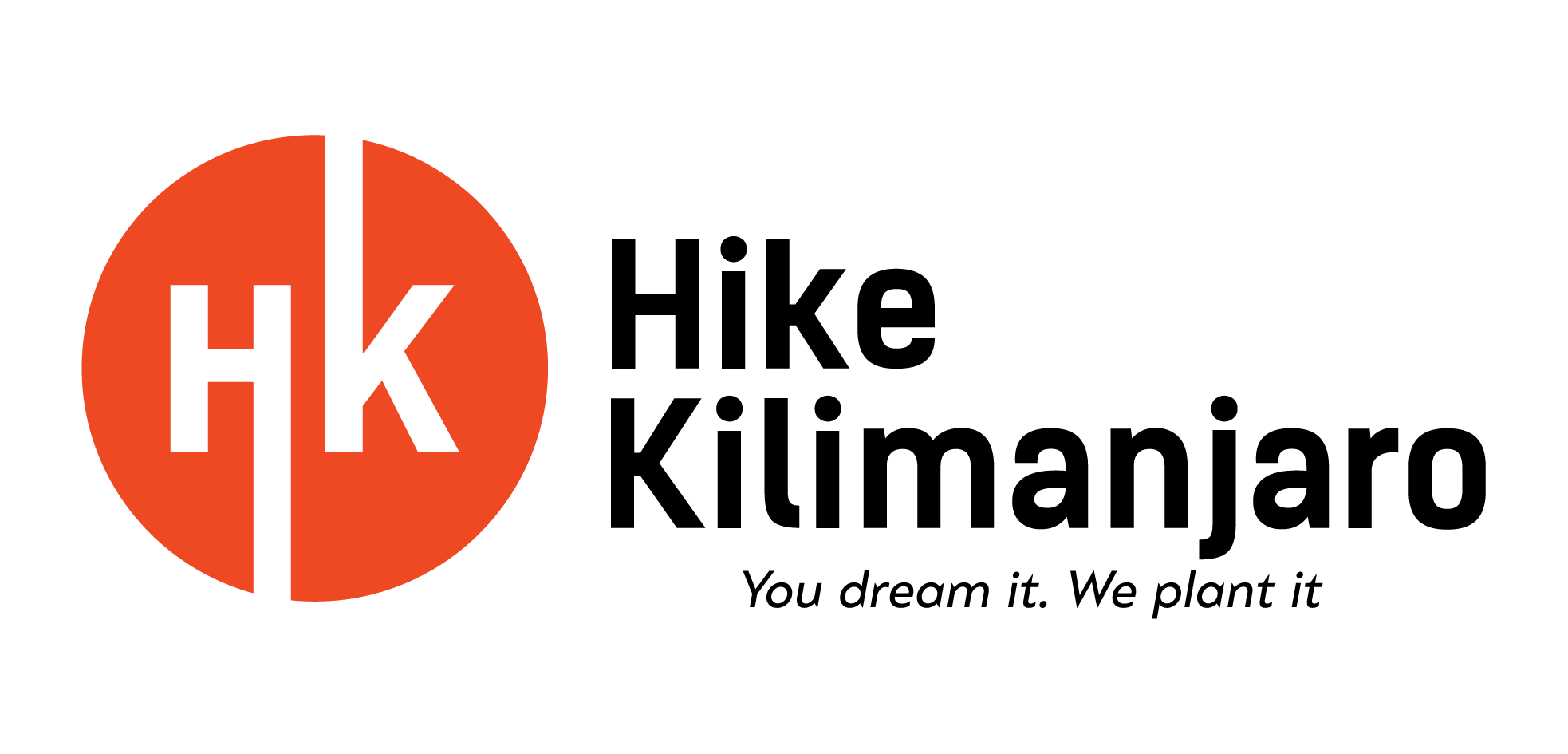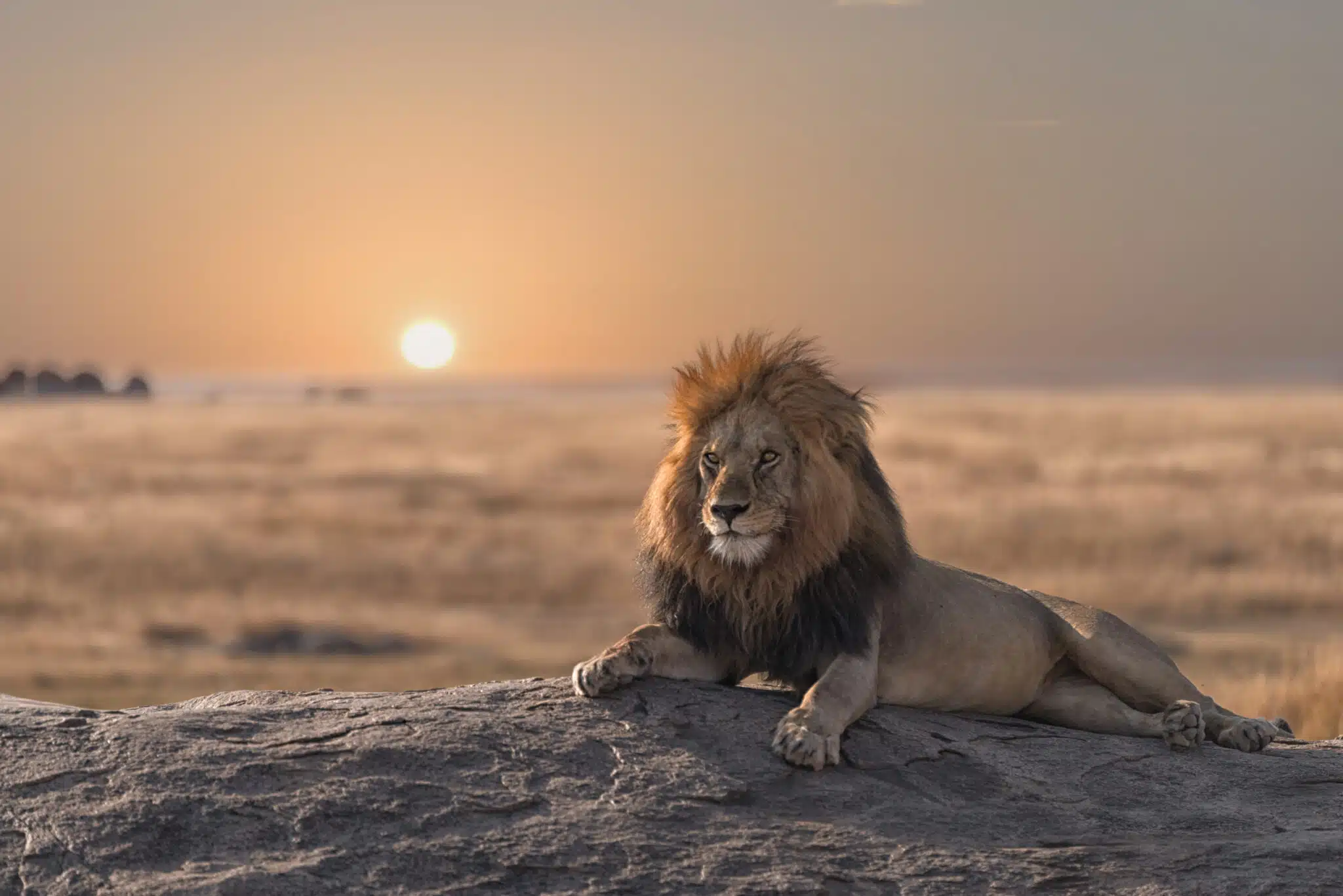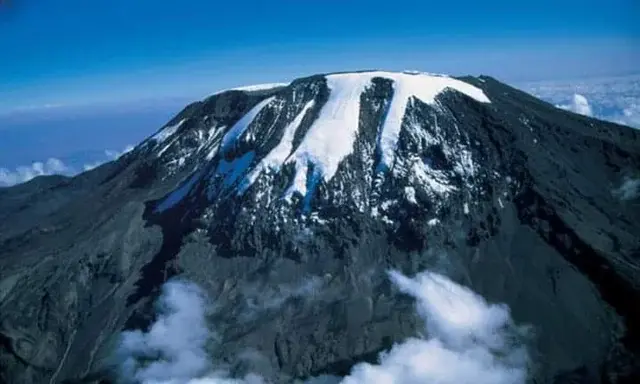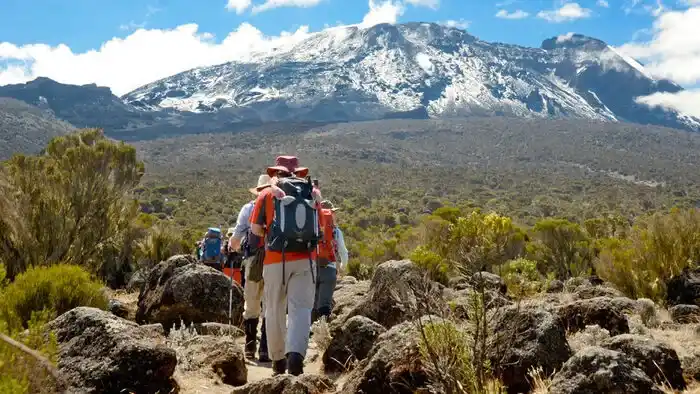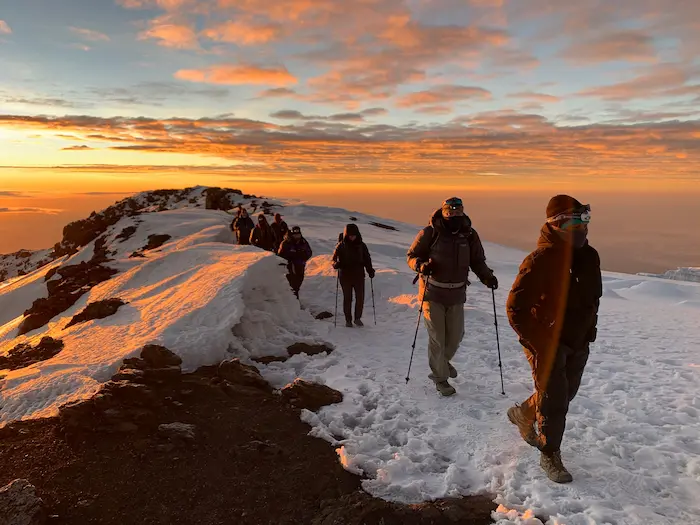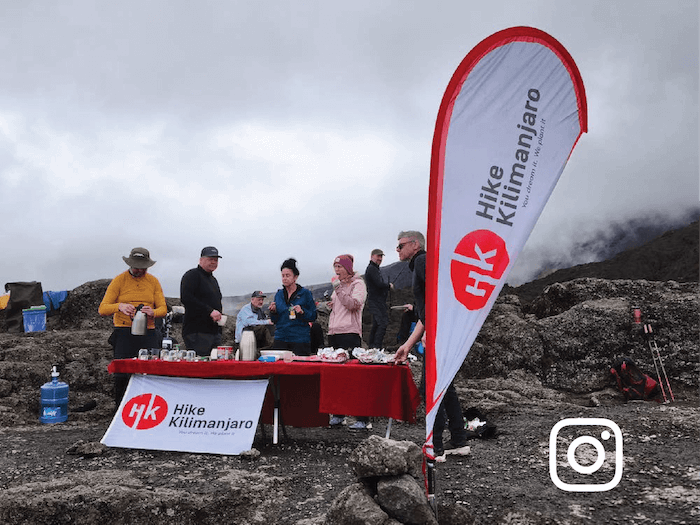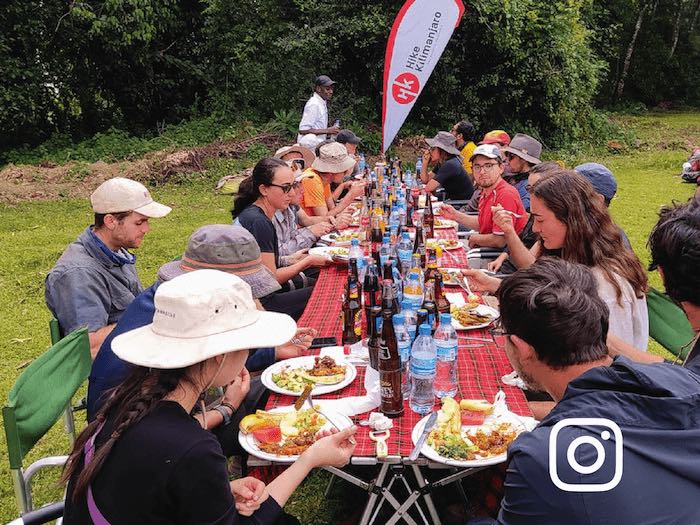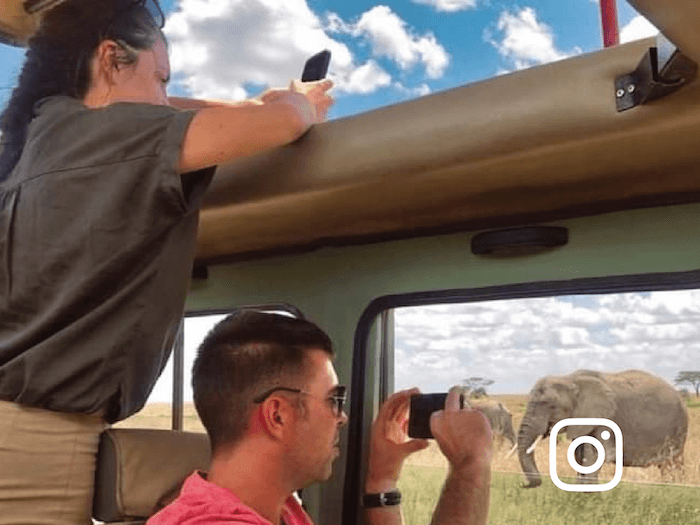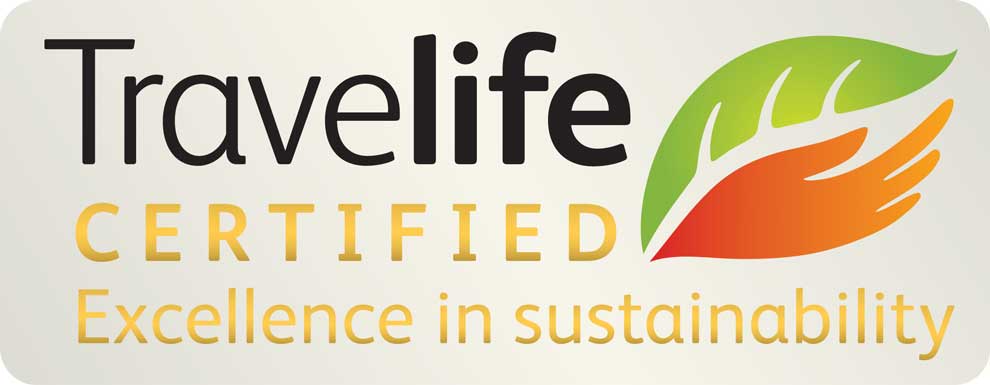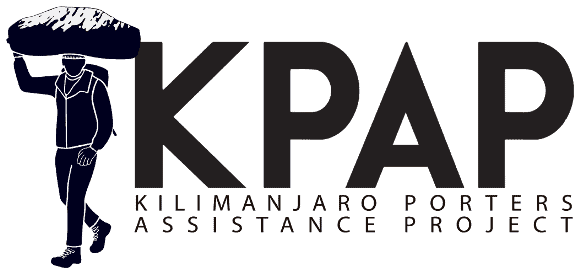The Shira Route on Kilimanjaro – A Detailed Day-by-Day Description
The Shira Route is one of Kilimanjaro’s least-travelled trails and begins at an unusually high altitude, making acclimatisation more challenging compared to other routes. Because of this elevated starting point, it’s considered one of the more demanding and therefore less popular options for trekkers. Below is an in-depth look at the Shira Route to help you decide whether it’s the right choice for your Kilimanjaro adventure.

Shira Route at a Glance
The Shira Route covers approximately 56 km (35 miles), making it the second-shortest Kilimanjaro ascent route after the Umbwe Route. It can typically be completed in 6 or 7 days, with the extended itinerary offering a better acclimatisation profile.
The trail begins at Morum Barrier Gate (3,414 m) on the western slopes of Mount Kilimanjaro. From here, trekkers cross the spectacular Shira Plateau, a high-altitude volcanic caldera with sweeping panoramic views of the surrounding landscape. By Day 3, you reach the Lava Tower, a lava formation standing prominently at 4,600 m.
From the Lava Tower onward, the trail merges with the Southern Circuit, the same path used by the Machame and Lemosho routes. This section takes trekkers beneath Kibo’s southern ice fields and includes the famous Barranco Wall, a steep but non-technical climb that rewards hikers with dramatic vistas.
Eventually, the route leads to Barafu Camp, the main base camp for summit attempts from the southern side. From Barafu, you make your midnight ascent to Uhuru Peak (5,895 m). After your summit success, you descend via the Mweka Route, finishing your trek at Mweka Gate (1,640 m) meaning you do not retrace your steps along the ascent trail.
Popularity and Route Characteristics
The Shira Route is one of the least-used Kilimanjaro routes, offering a very quiet and peaceful start. However, from the end of Day 2 onward, it joins the heavily trafficked Lemosho and Machame routes, becoming significantly busier.
Interestingly, Shira is the older predecessor of the Lemosho Route. The Lemosho was developed as an improved version of Shira due to one major drawback:
Shira’s starting altitude of 3,414 m poses a high risk of altitude-related symptoms from the very first day. For this reason, many trekking companies and safety-conscious climbers prefer Lemosho, which begins nearly 1,000 metres lower and allows more gradual acclimatisation.
Lastly, be aware that the Shira Route is a full camping route; there are no huts available, unlike the Marangu Route.
If you’d like, I can now help you rewrite the day-by-day Shira itinerary, the pros and cons, or the Related Information/FAQs to match your high SEO standards.
Detailed day-by-day route description
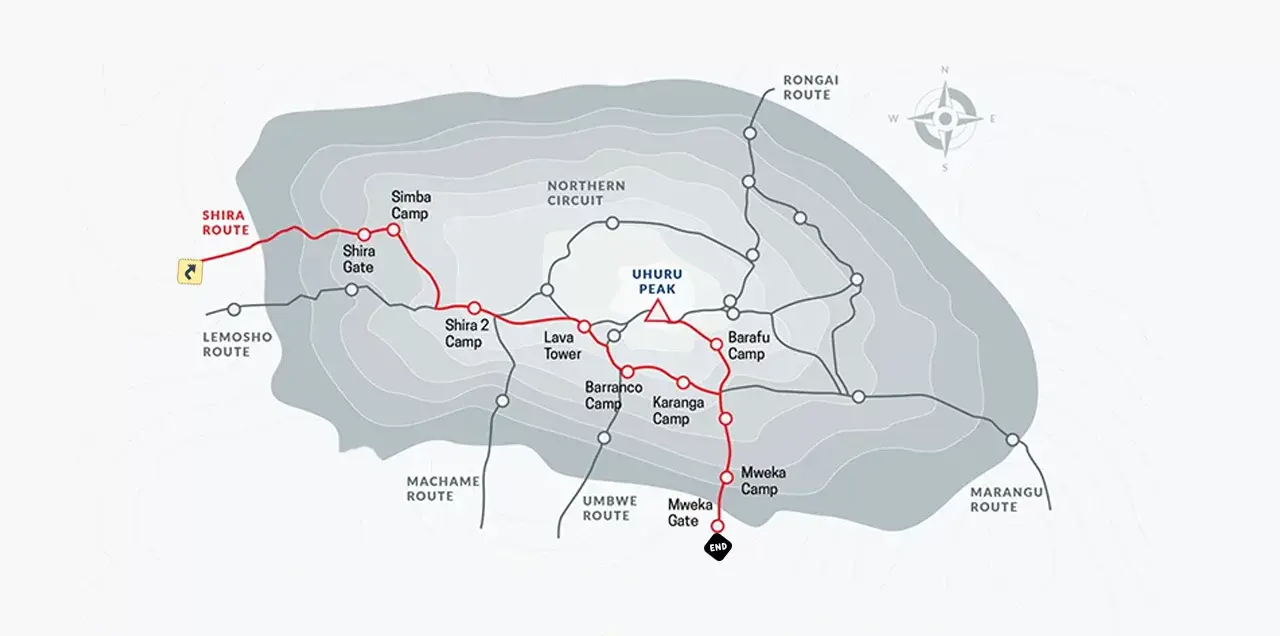
Map showing Kilimanjaro’s Shira route
Day 1: Morum Barrier to Shira 1 Camp
Your adventure begins with a drive to Londorossi Park Gate, where your details are officially registered with Kilimanjaro National Park. From here, you continue by vehicle to Morum Barrier, the starting point of your trek. The hike takes you through wide-open moorland with sweeping views until you reach Shira 1 Camp for your first night on the mountain.
- Elevation: 3,414 m to 3,500 m
- Distance: 4 km / 2 miles
- Hiking Time: ~2 hours
- Terrain: Moorland
Day 2: Shira 1 Camp to Shira 2 Camp
Today’s trek leads you across the Shira Plateau, one of Kilimanjaro’s most scenic regions. You’ll pass striking volcanic formations and cross the Shira Cathedral, a dramatic volcanic ridge towering above the plateau. Tonight, you settle at the beautiful and expansive Shira 2 Camp.
- Elevation: 3,505 m to 3,847 m
- Distance: 6 km / 4 miles
- Hiking Time: 4–5 hours
- Terrain: Moorland
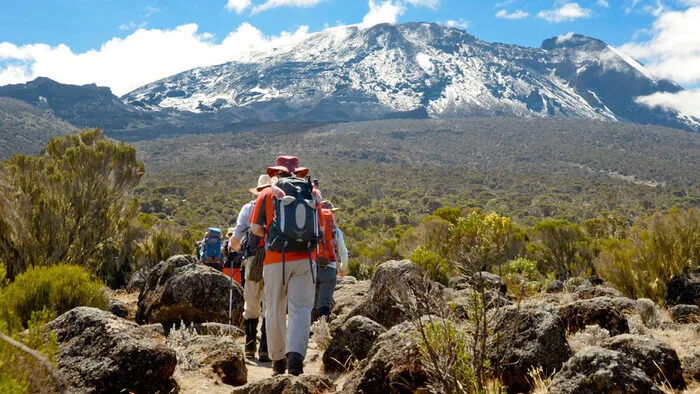
Day 3: Shira 2 Camp → Lava Tower → Barranco Camp
This important acclimatisation day follows the highly effective climb high, sleep low strategy. You’ll trek up to the iconic Lava Tower before descending to Barranco Camp.
Part 1: Shira 2 Camp to Lava Tower
- Elevation: 3,847 m to 4,630 m
- Distance: 8 km / 4 miles
- Hiking Time: 4–5 hours
- Terrain: Moorland
The ascent to Lava Tower (4,630 m) is one of the highlights of the entire route, offering dramatic, high-altitude terrain and incredible photography opportunities.
Part 2: Lava Tower to Barranco Camp
- Elevation: 4,630 m to 3,976 m
- Distance: 3 km / 2 miles
- Hiking Time: 2–3 hours
After lunch at Lava Tower, you descend into the sheltered Barranco Valley, where you’ll camp beneath the towering Barranco Wall and the Western Breach.
Day 4: Barranco Camp to Karanga Camp
Today’s shorter trekking day helps with acclimatisation and includes the unforgettable climb up the Barranco Wall. Though it may appear daunting, most trekkers find it far easier and more enjoyable than expected.
At the top, you’ll stand above the clouds with stunning views of the Southern Icefields. The trail then undulates gently until you arrive at Karanga Camp.
- Elevation: 3,976 m to 3,995 m
- Distance: 5 km / 3 miles
- Hiking Time: 4–5 hours
- Terrain: Moorland / Alpine Desert
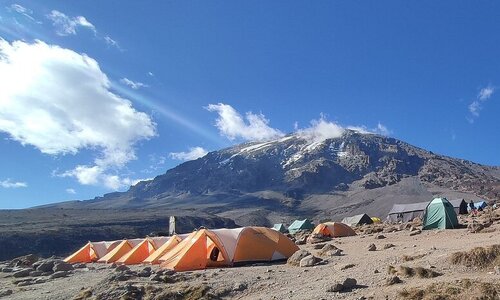
Day 5: Karanga Camp to Barafu Camp
The landscape becomes increasingly stark and lunar as you approach Barafu Camp, your final base before the summit push. This is a relatively short ascent with magnificent views of the peak. After an early dinner, you rest and prepare for your midnight summit attempt. Your guide provides a detailed briefing on how to dress, pace yourself, and stay mentally focused for the climb.
- Elevation: 3,995 m to 4,673 m
- Distance: 4 km / 2 miles
- Hiking Time: ~3 hours
- Terrain: Alpine Desert
Day 6: Barafu Camp → Uhuru Peak → Mweka Camp
Part 1: Barafu Camp to Uhuru Peak
Today is summit day the most challenging and rewarding section of your entire Kilimanjaro journey.
- Elevation: 4,673 m to 5,895 m
- Distance: 5 km / 3 miles
- Hiking Time: 6–8 hours
- Terrain: Arctic
You begin your ascent in the early morning darkness, climbing steadily over steep scree toward Stella Point (5,685 m), where sunrise greets you. From here, you continue along the crater rim for about an hour to reach Uhuru Peak, the highest point on the African continent.
Part 2: Uhuru Peak to Mweka Camp
- Elevation: 5,895 m to 3,068 m
- Distance: 12 km / 7 miles
- Hiking Time: 6–8 hours
After celebrating your achievement, you begin a long descent to Mweka Camp. This final night on the mountain is well deserved after a challenging and unforgettable summit day.
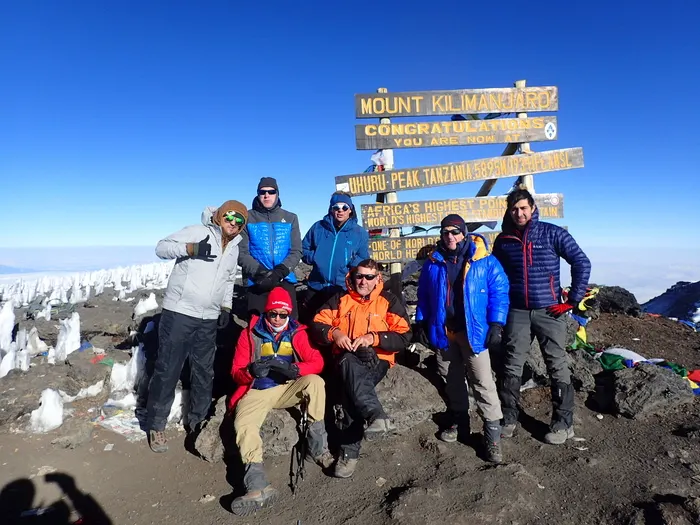
Day 7: Mweka Camp to Mweka Gate
Your last day on the mountain takes you down through lush rainforest to Mweka Gate, where your driver will be waiting. This is the perfect moment to enjoy a cold drink and reflect on your accomplishment before returning to your hotel for a celebratory dinner.
- Elevation: 3,068 m to 1,640 m
- Distance: 10 km / 6 miles
- Hiking Time: ~3 hours
- Terrain: Rainforest
Our Opinion of the Shira Route
The Shira Route shares many of the strengths found on its sister route, the Lemosho Route, stunning scenery, diverse landscapes, and excellent overall trekking conditions. It offers beautiful open plateaus and panoramic views that make Kilimanjaro such a remarkable mountain to climb.
However, the Shira Route comes with a significant drawback: it begins at a very high starting altitude. Beginning the trek at this high altitude increases the likelihood of experiencing altitude-related symptoms right from the first day, especially for climbers who have not recently acclimatised.
Another disadvantage is that Shira Route trekkers skip the enchanting rainforest section, one of the most beautiful ecological zones on the entire mountain.
Because of these two factors, we generally recommend choosing the Lemosho Route over the Shira Route. Lemosho starts approximately one kilometre lower, allowing trekkers to walk through the lush rainforest before joining the Shira Plateau. This lower starting point provides a safer and more gradual acclimatisation profile, improving comfort and boosting overall summit success.
That said, the Shira Route is still a fantastic option for certain trekkers, particularly those who are experienced at high altitude, have recently acclimatised, or live at an elevation similar to the Shira starting point. For these individuals, the Shira Route can be a rewarding, quieter, and visually striking path to the summit of Mount Kilimanjaro.
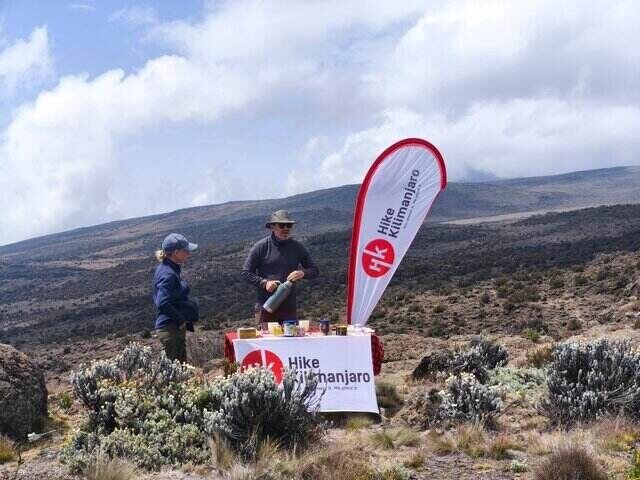
What Is the Scenery Like on the Shira Route?
The Shira Route is widely regarded as one of the most scenic routes on Mount Kilimanjaro, offering views that rival even the famous Lemosho Route. Approaching from the west, trekkers cross the expansive Shira Plateau, one of the largest high-altitude plateaus in the world, providing sweeping panoramas and a unique feeling of openness rarely experienced on other routes.
Along the way, you enjoy dramatic views of Shira Cathedral, an impressive volcanic rock formation rising sharply from the plateau. The Shira Route is also known for delivering some of the best sunrises and sunsets on the mountain, thanks to its open landscapes and elevated vantage points.
On your final day, as you descend via the Mweka Route, you’re rewarded with a completely different perspective of Kilimanjaro as you trek down the lush southeastern slopes, allowing you to experience new scenery without retracing your steps.
One notable drawback is that Shira Route trekkers miss the full rainforest experience, which is one of the most magical environments on the mountain and a highlight of the Lemosho Route. However, you do pass through the rainforest zone during your final descent, offering at least a taste of this rich ecosystem.
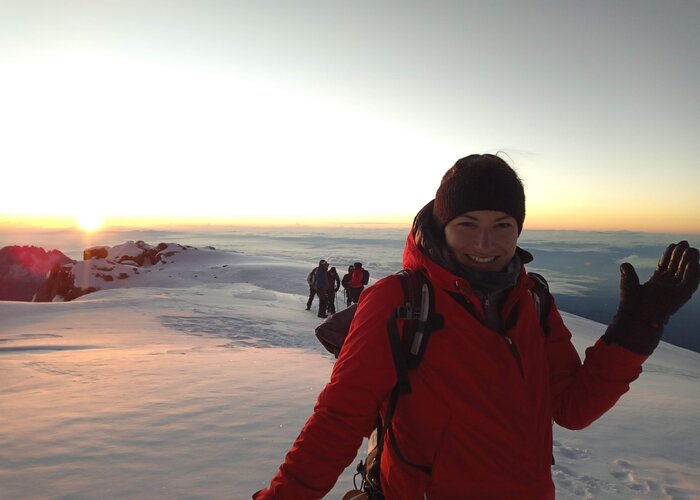
How Hard Is the Shira Route?
While every Kilimanjaro trek is challenging, the Shira Route is considered one of the most difficult because it begins at an exceptionally high altitude 3,414 m above sea level. Starting above the recommended 3,000 m threshold increases the risk of developing altitude sickness very early in the climb. As a result, the Shira Route tends to have a lower summit success rate compared to routes with gentler acclimatisation profiles.
The route can be completed in six or seven days. Choosing the seven-day itinerary significantly improves acclimatisation and is the safer option.
As the route follows the Southern Circuit, trekkers must climb the Barranco Wall, a steep but non-technical scramble. While most hikers manage it without difficulty, those with a fear of heights may prefer the Northern Circuit or Rongai Route, which avoids the wall entirely.
One major advantage of the Shira Route is the classic “climb high, sleep low” acclimatisation strategy on Day 3, ascending to Lava Tower (4,630 m) before descending nearly 600 m to Barranco Camp. This is excellent for acclimatisation if you have already managed the high starting elevation.
Although Shira is the second shortest Kilimanjaro route (after Umbwe), the shorter distance does not make it easier. The high-altitude start makes it one of the toughest routes unless you have recently acclimatised on Mount Meru or live at a comparable elevation.

How Busy Does the Shira Route Get?
For the first two days, the Shira Route is quiet and peaceful, offering a remote trekking experience. However, once the trail merges with the Lemosho Route at Shira 2 Camp and later with the Machame Route near Lava Tower, the number of trekkers increases, especially during peak climbing months
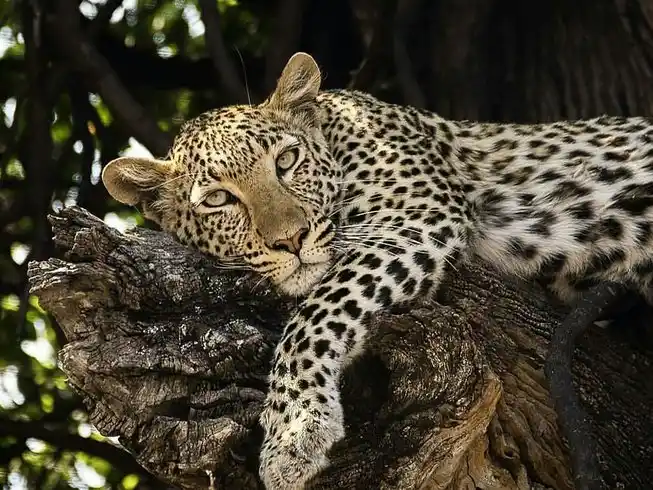
Why Not Add a Post-Kilimanjaro Adventure?
If you’d like to continue exploring Tanzania after your Kilimanjaro climb, there are fantastic options to enhance your adventure:
- Embark on a Big Five Tanzania safari in Serengeti, Ngorongoro, Tarangire, or Lake Manyara.
- Fly to Zanzibar for white-sand beaches, relaxation, and world-class diving.
- Or, if you’re short on time, enjoy local activities near Kilimanjaro such as a safari in Arusha National Park, cultural visits, waterfalls, or coffee tours.
Share Your Article:
Make your dream trip come true with Hike Kilimanjaro .

5/5
Based on 100+ reviews

4.9
Based on 60+ reviews
Customized Travel Proposal
At Hike Kilimanjaro, you can tailor your trip to your preferences. Our sample itineraries are customizable, and our specialists work with you to create your dream trip!
Related posts
These full and frank reviews are from travelers who have traveled with Hike Kilimanjaro previously. The reviews and experiences shown here are from reputable travel websites like TripAdvisor, Google, Facebook, and Trust Pilot, etc.
EXCELLENTVerified "This 3-day luxury safari combined with a Kilimanjaro hike exceeded all my expectations. "This 3-day luxury safari combined with a Kilimanjaro hike exceeded all my expectations. The accommodations were elegant and comfortable, and the guides were knowledgeable and friendly. The safari offered incredible wildlife photography opportunities, and climbing Kilimanjaro was a true test of endurance and strength, but the stunning vistas made it all worthwhile. An exceptional journey that I will cherish forever."Posted onVerified "My entire expectations were surpassed by climbing Kilimanjaro. "My entire expectations were surpassed by climbing Kilimanjaro. When one reaches Uhuru Peak, the sensation of accomplishment is indescribable. Because of the well-planned logistics, the amiable crew, and the breathtaking environment, the entire hike was easy and fun. It is a very remarkable event that I would gladly repeat. For adventurers, it's a must.Posted onVerified Tanzania truly offers a world-class experience. "My trek up Mount Kilimanjaro in Tanzania exceeded all my expectations. The stunning scenery, from lush rainforests to icy glaciers, was awe-inspiring. The local guides and porters were incredibly supportive and professional, ensuring a safe and enjoyable climb. It was challenging but incredibly rewarding. Tanzania truly offers a world-class experience for anyone looking to conquer Africa’s highest peak."Posted onVerified I feel accomplished and thankful. Kilimanjaro climbing was satisfying and difficult at the same time. Along the way, there was breathtaking natural splendour and a variety of diverse habitats. The guiding team's assistance was outstanding and got us through some really difficult times. After completing this amazing journey, I feel accomplished and thankful.Posted onVerified Thanks to their knowledgeable advice. From beginning to end, Hike Kilimanjaro offered a smooth and well-planned trip. Their staff made sure we were at ease and ready by being helpful and considerate. Thanks to their knowledgeable advice, climbing Kilimanjaro was difficult but incredibly gratifying. They are the ones I would most certainly pick again for excursions in the future.Posted onVerified "An amazing and well-planned adventure. "An amazing and well-planned adventure! The climb was fun and safe because of the team's experience and upbeat demeanour. I was encouraged by the journey and pleased to have reached the top of Africa.Posted onVerified Highly recommended this tour agency. Wonderful experience! We had a fantastic trip and enjoyed the entire team; we always felt very protected and taken care of. Highly recommended. I want to thank Keddy in particular; you were the best mentors .Posted onVerified "My Kilimanjaro trek was an extraordinary experience. "My Kilimanjaro trek was an extraordinary experience. The route was well-organized, and the staff was attentive and encouraging throughout the climb. The sense of accomplishment upon standing on the summit was overwhelming. The scenery, the challenge, and the sense of connection with nature made this hike truly special. I highly recommend it to anyone looking for a once-in-a-lifetime adventure."Posted onVerified Well Organized and Unforgettable. Hiking Kilimanjaro with a well-run tour company was an incredible experience. The crew was courteous and made sure we were fed, acclimated, and inspired at every stage. The support from porters and guides, as well as the companionship among hikers, helped to make the difficult days bearable. It was weird to be at the top above the clouds. Undoubtedly a life-long accomplishment I will always treasure.Posted onVerified Top notch safari The customer service is on point. Drivers were there to pick us up on time. We saw all the big 5 in Serengeti /Ngorongoro Crater.The accommodation booked Embalakai had great food and staff.Couldn't have asked for a better safari experience. Top notch
Speak to an Expert
Need assistance with your booking? Our friendly Tanzania-based expert team is here to help. Feel free to reach out with any travel-related questions or concerns.

Maxon

- WhatsApp +255 692 406 444

